My journey in India and Nepal had taken a spiritual turn quite unexpectedly. After completing the project in Kodaikanal, among other places, I visited Varanasi (a place to experience life and death in close quarters), Kasar Devi (where Swami Vivekananda is known to have meditated), Rishikesh (in time to listen to Spiritual guru Mooji), and Mcleodganj (to make it to His Holiness Dalai Lama’s teachings). So, I decided to go all-in and found my way to the Golden Temple of India – Sri Harmandar Sahib.
The Golden Temple, locally called Sri Harmandar Sahib (the temple of God), is located in Amritsar, a city in the northern state of Punjab in India. The temple is the holiest site for the Sikh community and its history goes back to the very first Sikh Guru, Guru Nanak, spending time here in the 16th century. The temple gets its name from the gold-leafed work over the dome and outer walls of the inner sanctum, and the city – Amritsar (the Tank of Nectar), gets its name from the sacred water tank in the temple premise.
About Sikhism:
The founder of Sikhism, Guru Nanak (1469-1539 AD), was a monotheist and a non-believer of the caste system.
The knowledge and acceptance of the fact that religious instructions are hollow and hypocritical to a hungry man gave rise to community kitchens. In the process, they also created a place that is above casteism.
There are nine gurus (Teachers) in total who are considered to be the reincarnation of the master himself.
One of the first things that I had learned about the religion was that menstruating people weren’t prohibited from entering the place of worship.
Golden Temple (Sri Harmandar Sahib Ji):
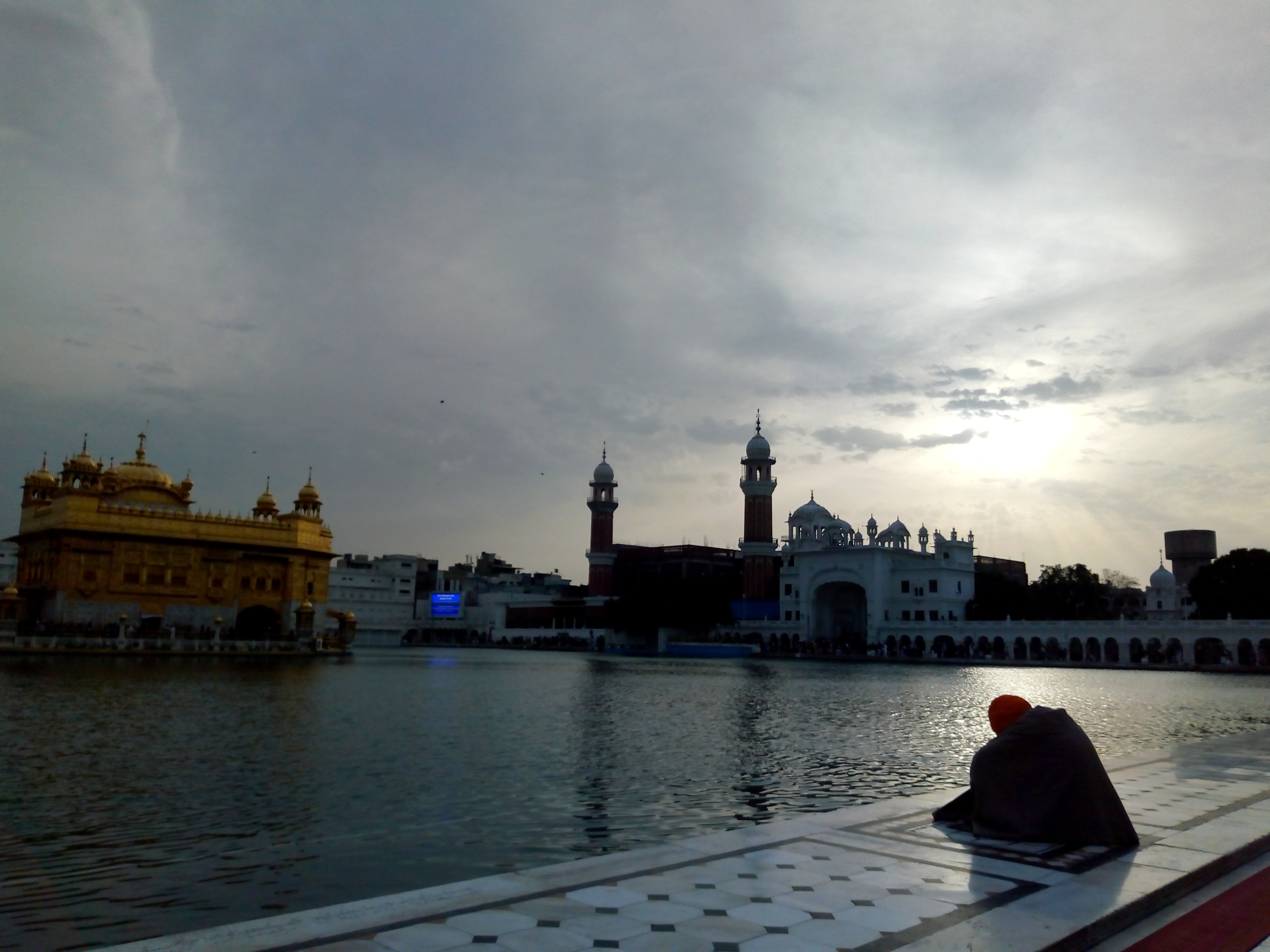
Harmandir Sahib, also known as the Golden Temple, is the holiest shrines in the Sikh religion.
In the 16th century, Amritsar was a dense forest with a pool in it. The place is believed to have gained popularity among the Buddhist monks but not for too long.
The fourth master of Sikhism, Guru Ram Das (1574-1581), enlarged the pool and converted it into a rectangular tank. This tank was then named – Amrit Sarovar (The pool of the nectar). A city came to grow around the water tank and came to be known as Amritsar.
He also began excavating the tank which was completed in 1589, during the time of Guru Arjan who built the Har Mandar in the center of the Amrit Sarovar (tank).
Fun Fact: The foundation of the Golden Temple was laid by the Muslim saint Mian Mir who belonged to Lahore (now Pakistan)
The Golden Temple has changed many hands including being taken over by Mughals who turned the Sikhs out of the temple.
It was Maharaja Ranjit Singh (1780-1839) who beautified the temple with gold work.
The Golden Temple Architecture:
Sri Harmandar Sahib is a two-storied marble structure built on a 67 ft. square platform in the center of the Amrit Sarovar (the sacred tank). The central dome and the upper half of the walls is covered in gold-leafed copper sheets which is where the name Golden temple comes from.
The temple has four doors in each side which is representative of the fact that the temple is open to all.
The architecture is a blend of Hindu and Muslim artistic traditions.
Golden temple timings:
While the temple is open 24*7, the holy scripture – Adi Grantha is carried from Akal Takhat to the inner sanctum at 5 am in winters and 4 am in summers and carried back at 9 pm in winters and 10 pm in summers.
How to Reach the Temple:
There are direct buses to Amritsar from Mcleodganj but the one that I got to know of was at 5 in the morning from Dharamshala which meant leaving my place at 4 a.m. So I took a bus to Pathankot and from there took another bus to Amritsar.
The bus to Pathankot left at 2:30 p.m. from Mcleodganj and we reached our hostel in Amritsar at around 11:15 p.m. There are probably buses to Pathankot earlier during the day and definitely more frequent from Dharamshala. We didn’t enquire and ended up waiting for an hour for this bus to start as we barely would have saved any time taking a bus to Dharamshala then another bus to Pathankot.
I don’t start that late during the day usually, I did this time only because I was being accompanied by a guy I had met in Rishikesh in my hostel. Life on public transport is much easier when you’re accompanied by a guy.
I was so thankful for this company each time I saw a bunch of loud guys entering the bus making sure everyone noticed their presence. How I hate traveling alone in Indian buses!
Paid Boarding by the Temple:
This is the website that one can use to book accommodation in advance – www.sgpcsarai.com
The rooms can be booked for a maximum of two days and the charges for double bedroom is 1100/night in Saragarhi Niwas
These rooms are much nicer like a regular hotel room.
Free Hostel for Pilgrims:
There is a free boarding facility right behind the community kitchen area called ‘Shri guru Ramdas ji Niwas’. I also noticed some private rooms in here but not sure if they are booked in advance. I later read there are 228 rooms in this Niwas and 18 big halls.

Dormitories for Foreigners:
There is a dormitory only for foreigners where one can take a bed upon showing the passport and valid Indian Visa. The dormitory is on the left side just before the main big hall of this building. There’s a sign on the door that reads ‘FOREIGNERS’ in white paint, one can’t miss it.

For Indians:
The hall and corridors are full of people and so is the Ladies ward which is where I was directed to when I asked if I could stay in the female dormitory. It was a hall with carpet. There were mattresses and blankets in a corner.
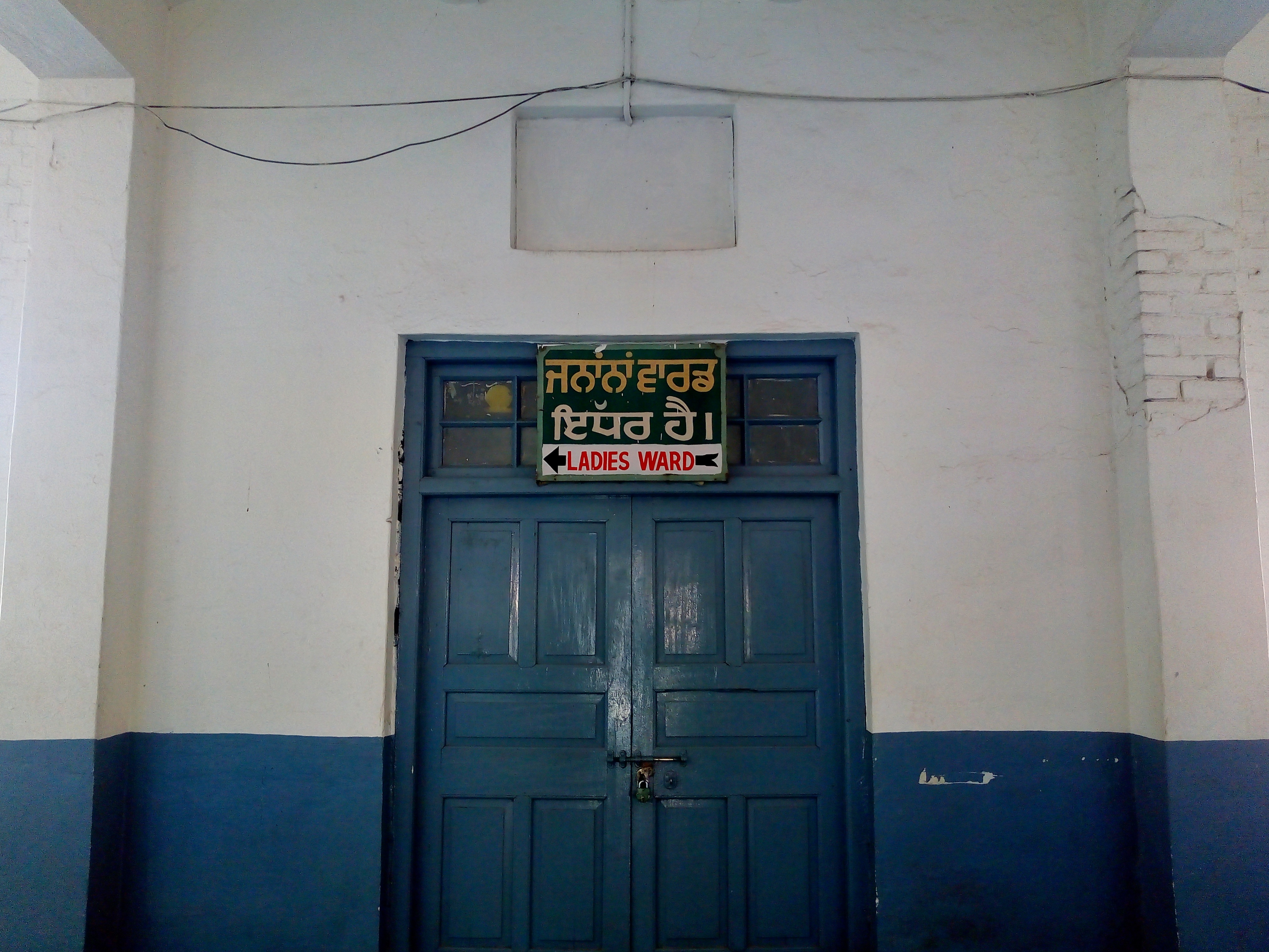
Upon giving an id proof they give the keys to a locker. It’s recommended that one keeps all their belongings in the locker as things can get stolen while one is sleeping. I was reminded at least 5 times to do this by the lady staff there so I obliged. I put my day bag in this locker and carried only my phone and wallet to the temple. My shoes went in as well, I walked around bare feet. And when it was time to sleep, I put my wallet and phone in the locker too.
Note: Visitors are generally not allowed to stay here for more than three days at a time.
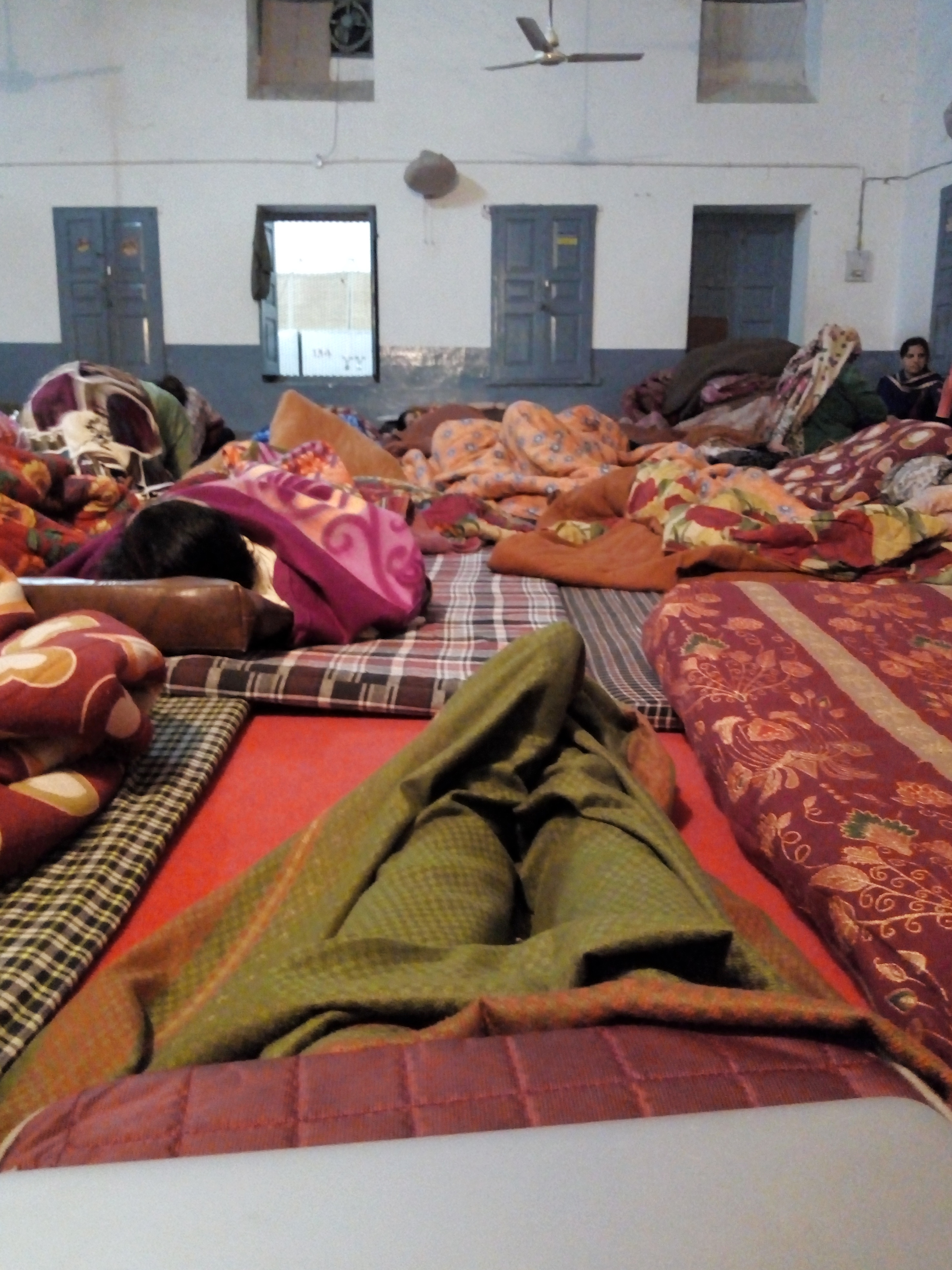
Apart from this building, many people sleep inside the temple in the corridors. I saw all kinds of people sleeping in there from a young group of friends to elderly couples. It looked like they came from all economic strata as well.

I was not too sure of sleeping by myself with all my stuff under my head so I chose to sleep in the Ladies ward in the building right outside.

Toilets in the hostel:
One of the reasons I was hesitant about staying in the temple was as soon as I arrived in Amritsar my periods started bringing in pain that made me want to cry. My toilet concern was put to rest as soon as I used it.
There are western and Indian toilets. It was cleaner than some of the hostel toilets I have had the misfortune of using. The floor was dry, there was running water in the tap, soap containers had soap in them and they didn’t look like they were sitting there collecting germs since the beginning of time. Carry your toilet paper though.
*Western toilets were not functioning very well with the toilet seat nozzle out of place.
Note: There are separate toilets for men and women
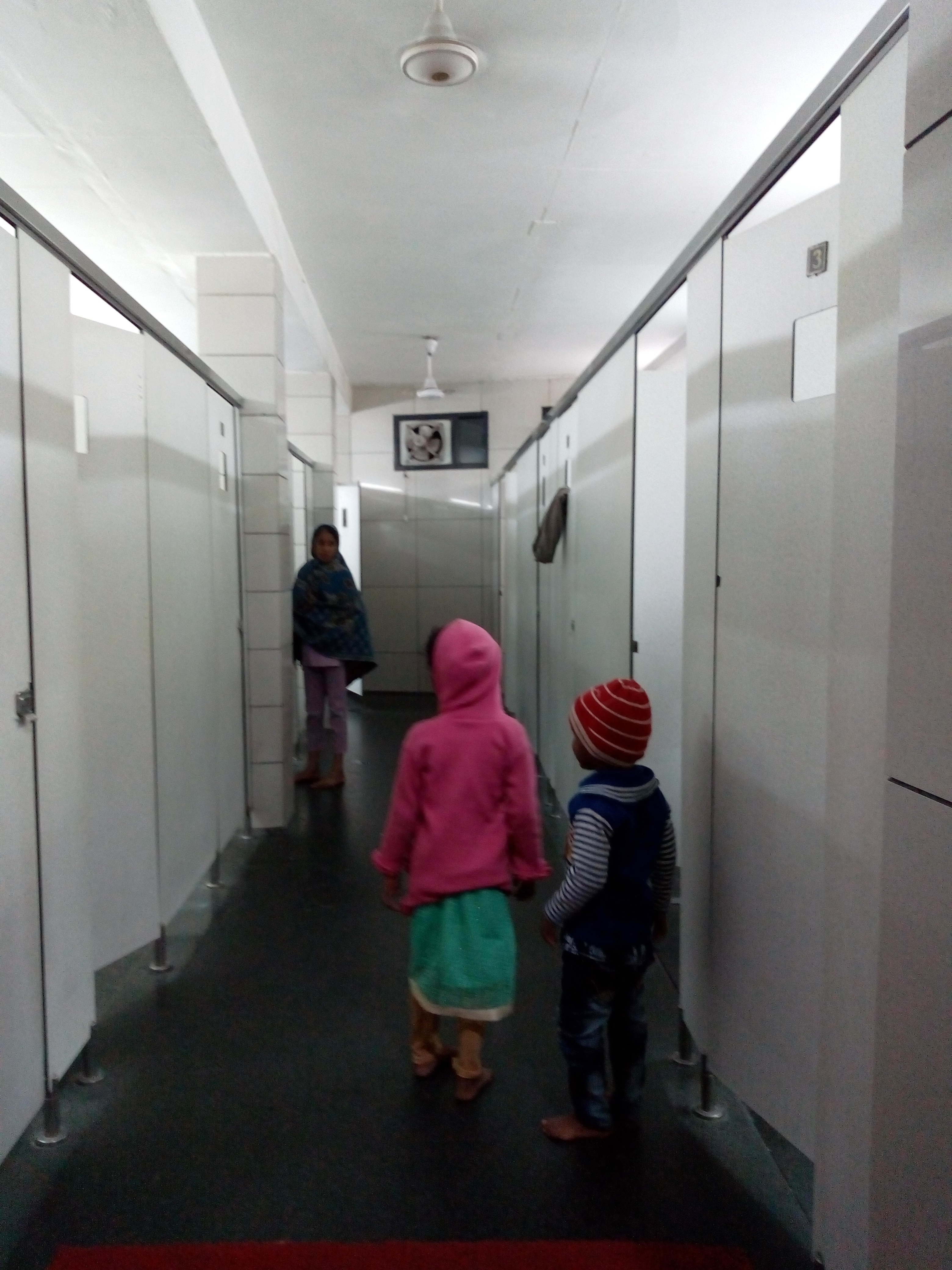
Shower:
There wasn’t a shower but there’s a bathing area with running water in taps. A bucket bath is possible here.
Electrical points:
None of the electrical points work in the evening. They probably do in the morning but I didn’t check as I went back to my old hostel after spending about 4 hours at the temple in the morning.
Other accommodation options:
I stayed for 3 nights in a hostel which was a 10-minute walk from the temple. I was not sure if Indians are allowed in the dormitory. By the time I learned that there are other sleeping arrangements for Indians, I was down with cold and fever so continued to stay in the hostel and went to the temple on my last night in Amritsar.
There are multiple hotels/ guest houses in close vicinity of the temple.
Guru ka Langar (Food on donation):
No Sikh temple is complete with a community kitchen and the Harmandar Sahab is no exception to this. Food is served at the Golden Temple 24*7 to all visitors irrespective of their caste, religion, or nationality. On weekends the numbers go up to 250k over Saturday and Sunday.
The food at Langar is always free of cost, the cost is met through the temple funds which is why if you can, do consider donating money so your money can fund someone else’s meals. At no point will anyone coerce or bully you into making a donation though.
There’s a hall where food is served. Just outside they give out steel plates, bowls, and spoons to each person (no plastic trash is created). Follow the people to the langar hall where volunteers serve lentils, curry, chapati, rice, and rice pudding.
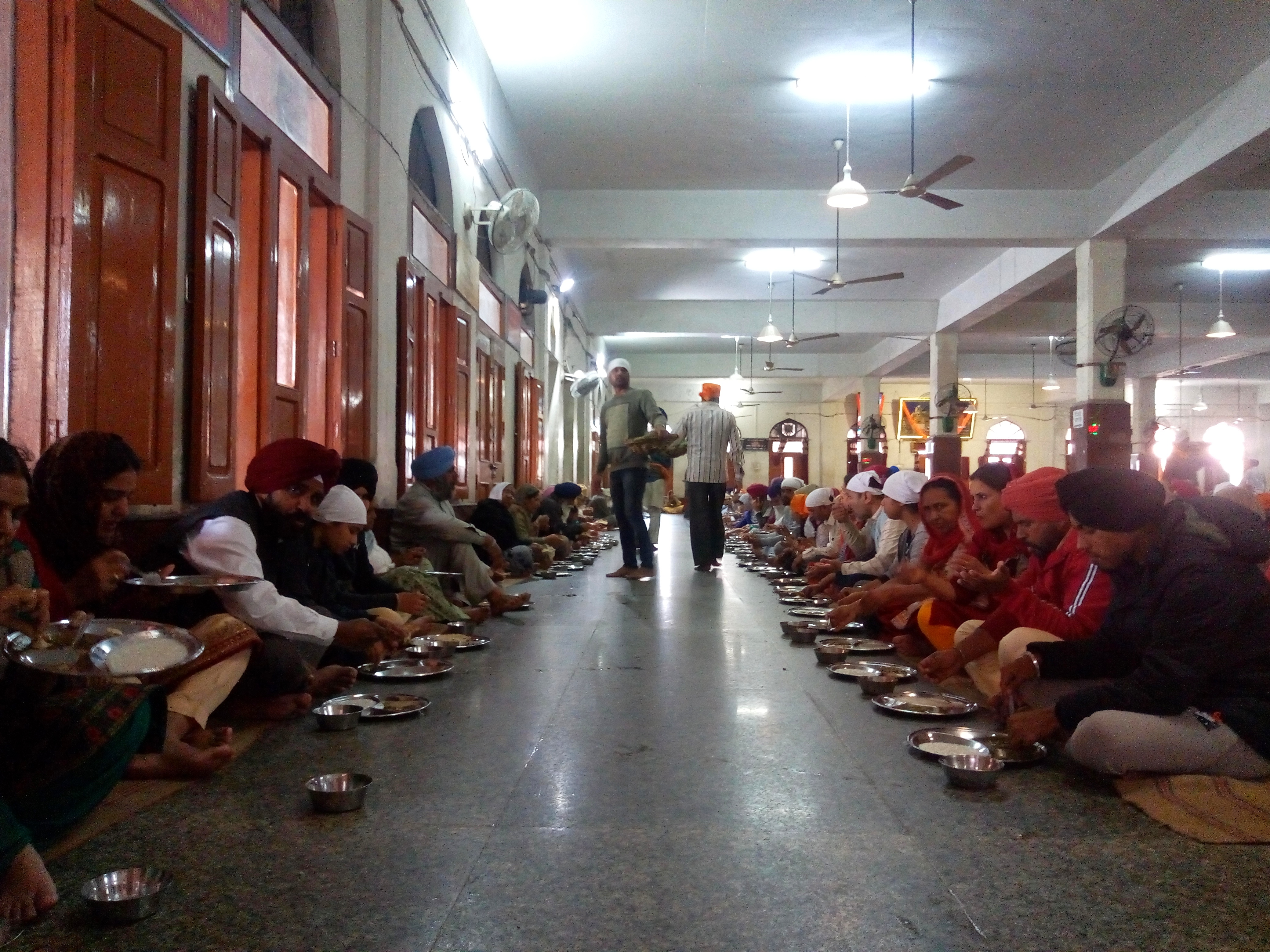
Raise both your palms to accept the chapati like one would when accepting offerings in a temple.

Once done, go downstairs and return the utensils. On the left side are washbasins and the right side is where chai is served in bowls.

The hall was clean, it gets cleaned after every round of people who come in to eat.
Volunteering in the temple:
One can volunteer directly at the temple. I didn’t see any women serving food though and I don’t think just about anyone can volunteer in the kitchen.
There’s cleaning, doing dishes, chopping vegetables, peeling garlic, serving food jobs available.
I didn’t volunteer anywhere as I didn’t see any lack of manpower while I was there. A lot of people line up to volunteer.

Kadha Prasad:
I was looking forward to eating the Kadha Prasad that I have heard of like a million times. There are two sections outside the sanctum to get the Prasad. One can donate any amount over Rs. 10 and get the prasad in leafy bowls.
Prasad was oozing with ghee. It was delicious. Have it with a view of the Golden Temple and it’s perfect.
Things to Remember while visiting the temple:
- Tobacco or any other intoxicant is strictly prohibited inside the temple
- Shoes, socks, sticks, and umbrellas are to be left outside. The service is available free of cost to store them.
- Visitors are required to wash their feet before entering the temple premises using one of the taps outside.
- Visitors are required to cover their heads at all times inside the temple
- Photography is permitted only around the water tank (called Parkarma) inside the temple and not in the inner sanctum.
Things to see around the Golden Temple:
Wagah Border:
The Wagah border ceremony is quite popular. there are many shared tuktuks from the Golden Temple to the Wagah border. They charge Rs. 100 per person to go and come back but the auto rickshaw has about 10 people in it (there were 12 in ours) other than the driver.
Partition Museum:
A 10-minute walk from the temple is the Partition Museum. I highly recommend this place to anyone who has the slightest interest in understanding one of the largest migrations in human history India and Pakistan.
The museum makes use of multiple mediums like audio, video, original letters, and other artifacts to create vivid imagery for the visitors.
Jallianwala Bagh:
This is a place of great historical importance to Indians.
5 minutes from the temple, this place holds the remnants of the Jallianwala bagh massacre that had happened on the day of the local festival – Baisakhi. British troops had opened fire on unarmed Indians, killed 379 of them, and leaving thousands injured.
The bullet marks on the wall are hair raising.
Frequently asked questions:
Q. How many Golden Temples are there in India?
There are three popular Golden temples in India.
- Sri Harmandar Sahib, Amritsar
- Kashi Vishwanath temple, Varanasi
- Sri Lakshmi Narayani temple, Vellore
While the first one is a place of worship for the Sikh community the other two are Hindu temples.
Q. Is the Golden Temple made of real gold?
The Golden Temple has the upper half of the inner sanctum and the dome gilded with golden sheets.
Q. Why is Golden Temple famous?
Sri Harmandar Sahib is the most sacred place for the Sikh community and its history goes back to the 16th century when the first Sikh guru, Guru Nanak spent time there in the wilderness around the tank (Amrit Sarovar).
Q. Can I stay in Golden Temple?
Yes, there are many options to stay in and around the temple including a free dormitory for Indians and Foreigners. There are also rooms that cater to all budgets. The best thing would be to ask at the help desk near the entrance who are welcoming and extend help at no cost.
I don’t think I have read such a detailed and useful info on Amritsar Golden temple before. Most blog only covers it from as a visitor.
Thank you so much 🙂 Means a lot! I wrote it coz I didn’t find info around staying in the temple for Indians.
I’m sure people will find it useful, Manisha
Thank you so much. You’ve always been very encouraging. It’s because of people like you that I haven’t given up on writing yet 🙂
Thanks, Manisha. I’m happy that travelers like you choose to write. If not for you, we will have mundane information that is being copied from one site to another. You are a great resource for travelers, Manisha 🙂
Thanks again 🙂
really impressed with the quality of your content.